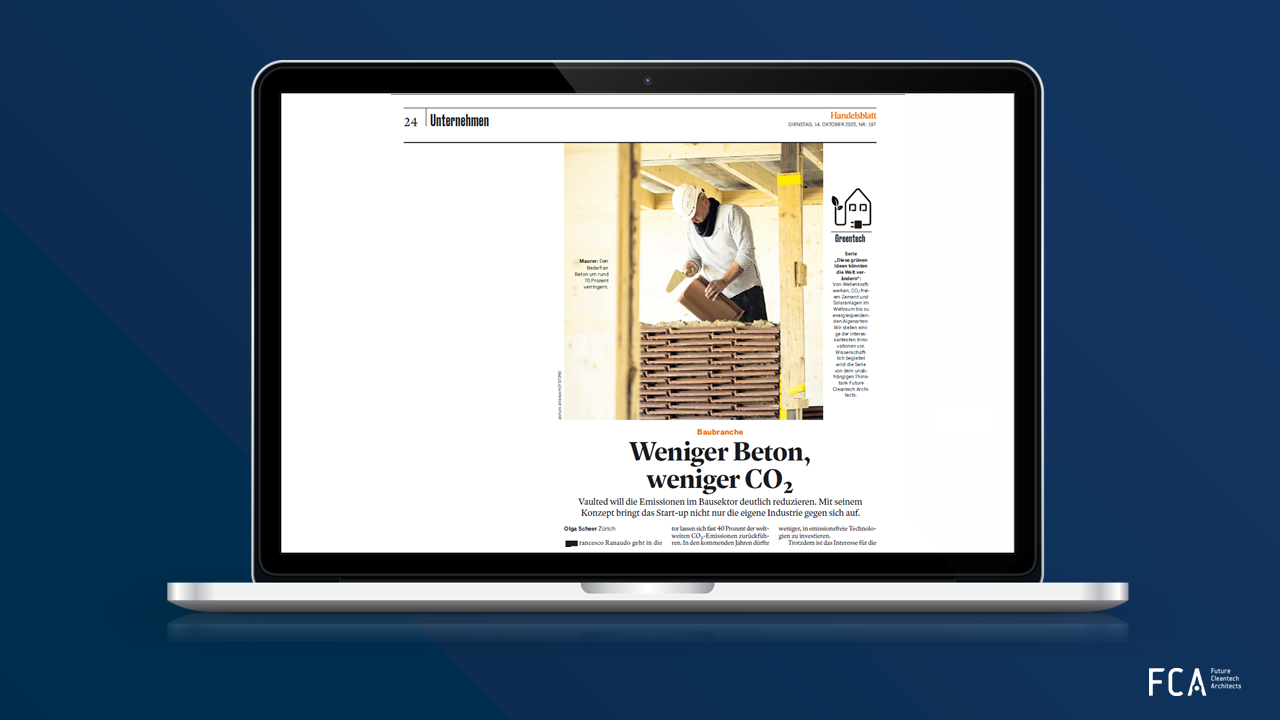The building sector alone accounts for almost 40% of global CO₂ emissions, and that share is expected to rise as demand continues to grow in the coming years. Reducing emissions from construction materials and processes will therefore be crucial to achieving climate targets.
“Structural efficient or ultra-light construction is one way to reduce emissions in the construction sector,” says Peter Schniering, Founder & CEO of Future Cleantech Architects. He sees great potential in this approach, which aims to use less material without compromising stability or functionality (for example through smarter design, optimized geometries, and new lightweight materials), but notes that many investors remain skeptical. The proposal: to introduce energy efficiency classes from A to G for buildings under construction, similar to the labelling system for household appliances. “You can’t improve what you can’t measure,” he explained.
Learn more about how ultra-lightweight construction could transform the building sector in this month’s article from Handelsblatt (in German, paywall).
This article is the latest in the series “Green ideas that might change the world” that Handelsblatt and Future Cleantech Architects co-developed to shed light on some of the most intensively debated cleantech innovations. We are pleased to provide scientific guidance to the series. Stay tuned for new releases!

